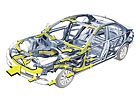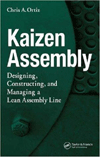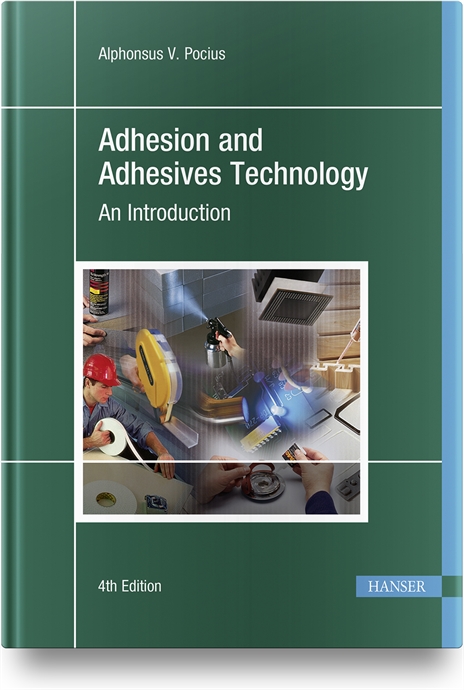
In May 2009, Jaguar began using Betamate on its new XF sedan to maximize structural performance and minimize weight. Photo courtesy Jaguarorlando.net
The adhesive improves crash resistance and durability by increasing stiffness of body-in-white panels. The adhesive meets requirements for safety, bond strength and weight reduction in vehicle body construction.
Joints bonded with Betamate have better fatigue strength than joints made with spot welds or mechanical fasteners. In addition, the adhesive joins dissimilar and hard-to-weld substrates, including high-strength steel, aluminum and magnesium. It also seals against environmental conditions that cause corrosion.
The adhesive can be swirled, sprayed, extruded or applied in a continuous bead. When applied in the latter method, the adhesive reduces vibration to produce a quiet driving experience.
In May 2009, Jaguar began using Betamate on its new XF sedan to maximize structural performance and minimize weight. The company chose the adhesive because it complements Jaguar’s high-end materials and new- generation design techniques.
That same year, BMW selected the adhesive for use in the upgraded BMW 7 series. About 90 meters of adhesive were used in this model, compared to 145 meters of a more traditional adhesive used in the older version. Nonetheless, Betamate provided 20 percent more statical stiffness.

Betamate adhesive improves crash resistance and durability by increasing the stiffness of body-in-white panels. The adhesive can be swirled, sprayed, extruded or applied in continuous bead. Graphic courtesy Dow Automotive
Also in 2008, Volvo selected the adhesive for its XC60 and V70 models. Nearly 25 meters were used in each model. The adhesive increased statical stiffness by about 15 percent, enabling Volvo to use about 10 percent fewer spot welds in both models.
The adhesive has enabled Audi to use about 20 percent fewer spot welds in its A5 model compared to the A4. The A5 contains nearly 90 meters of adhesive; the A4 about 26 meters.
Also, Italian bus maker IRISBUS is using the adhesive to bond luggage door panels to the aluminum body of the Domino HD bus.
For additional information about crash-durable adhesives, call 800-441-4369 or visit www.dowautomotive.com.






